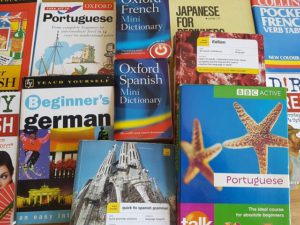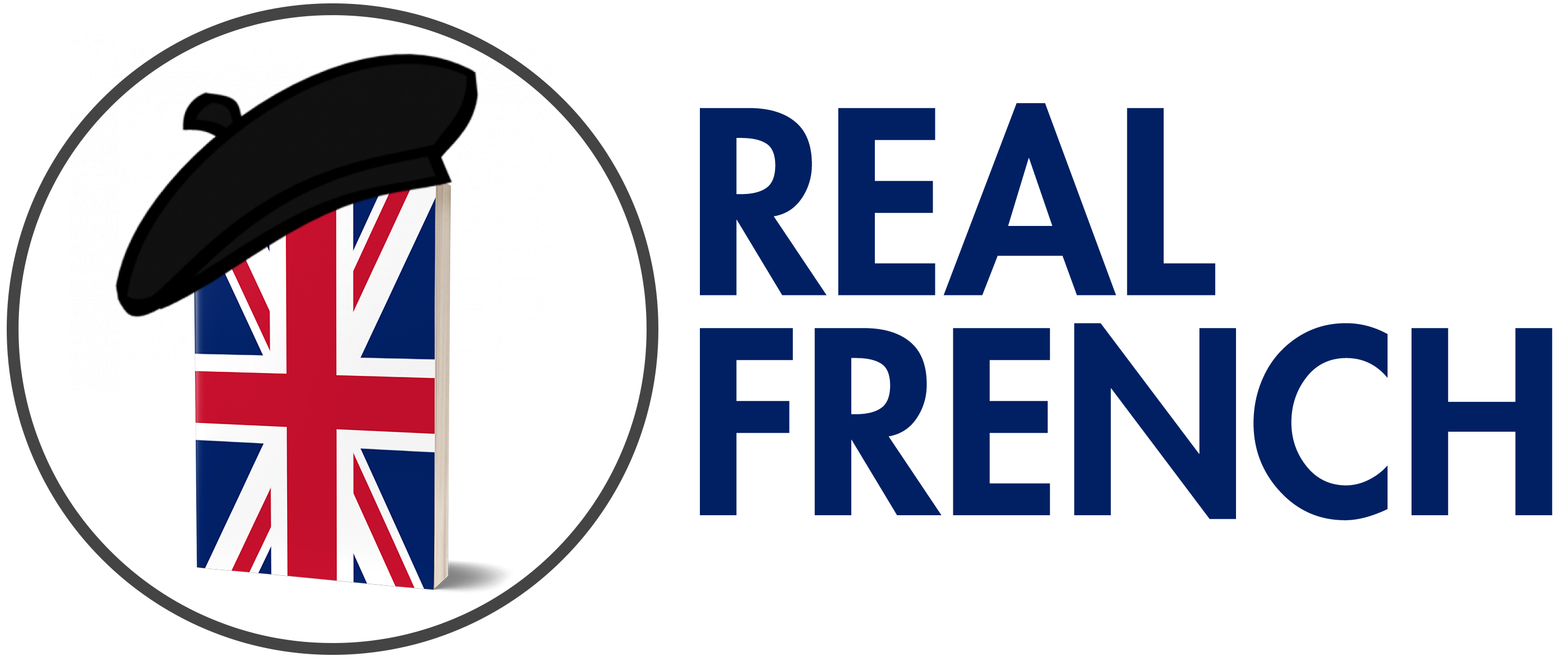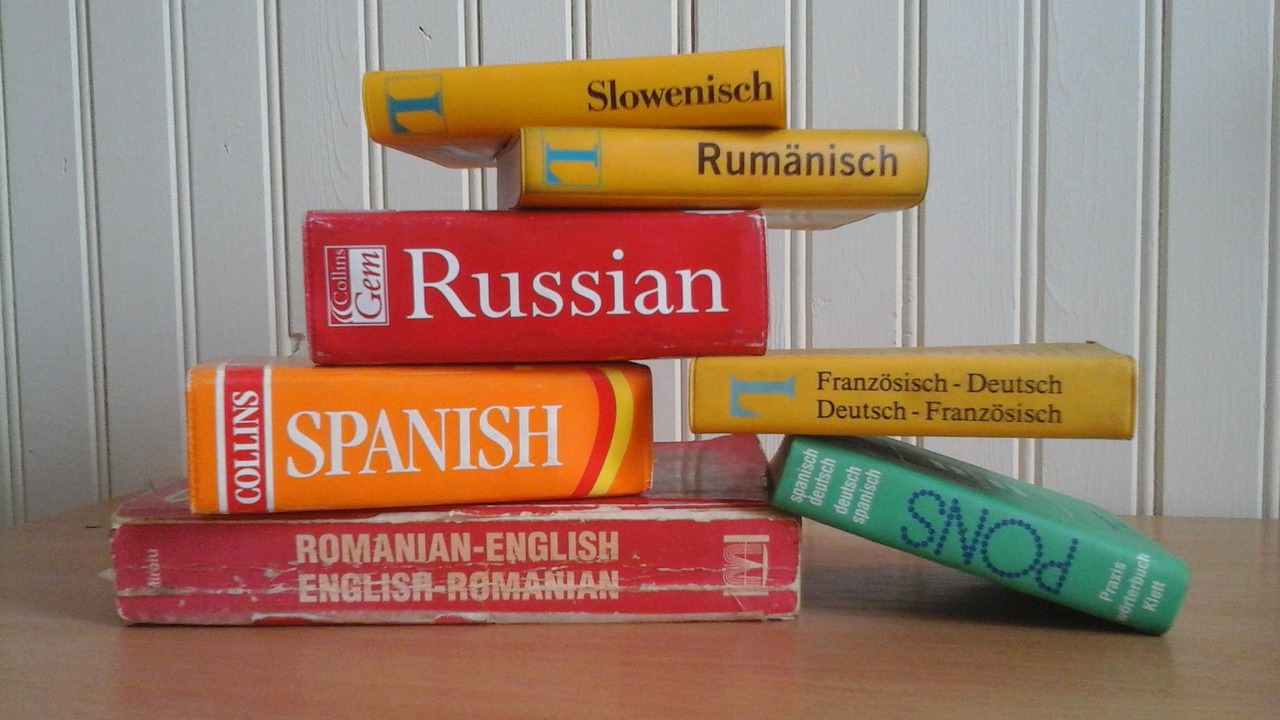All people function differently and independently, and although some biologists and psychologists tend to view human beings as little more than just very complicated animals, the matter is far from being that simple. Humans are the most sophisticated and high-functioning species on the planet, which we can observe in various ways. Our entire civilization, art, science, all of it is a monument to the incredible power of the human brain, which separates us from the rest of the animals on the planet. One of the greatest efforts that science has tried to make for the past few centuries is to get to the bottom of the human brain and learn its mysteries. Undoubtedly, probably one of the greatest mysteries that we use every day is language. We are yet to explain how we come to learn it in childhood, and yet there are thousands of languages around the world, all beautiful in their way, and all very diverse.
Have you ever wondered how to say thank you in Spanish or please in Italian? What about some less widely spoken languages, like Belarusian or Swedish?
How many languages are there?
First of all, before we try to answer this question, we have to make a distinction between languages that are ‘dead’ and languages that are still ‘alive’.

In order for a language to be considered living, there needs to be at least one speaker that considers that language to be their native language. There are other languages used around the world, but for which there are no native speakers, like Ancient Greek and Latin, which is why we cannot consider languages such as these to be living.
When it comes to living languages, currently there are more than seven thousand recorded living languages around the world. If that sounds like too big of a number, you should keep in mind that there are 389 languages that have more than a million native speakers. Of course, most of these belong to large language families.
What are language families?
A language family is a concept that makes it easier for us to categorize and study languages, because of the similarities that some languages have.

For example, some of the most well-known languages around the world are members of the Indo-European language family, which includes English, German, French, Italian, Hindi, Persian, Greek, and numerous other languages that are spoken by nearly half of the population around the world. Other notable language families include the Finno-Ugric, Niger-Congo, Trans-New Guinea, and many other language families.
We can see that language, as a means of communication, is far from being simple and unified. It is rather a complex and diverse means of expressing of a people, which depends greatly on the part of the world they live in, as well as on their lifestyle, culture, and habits. No language is less valuable than another, which is why we should preserve as many as we can.





